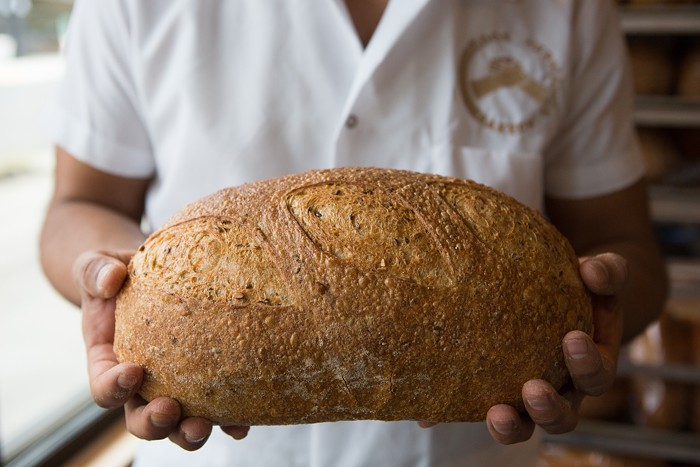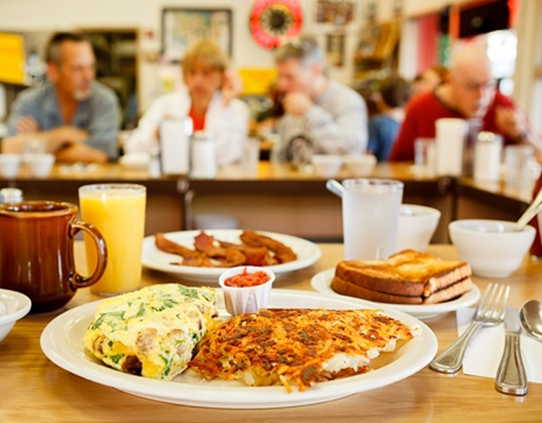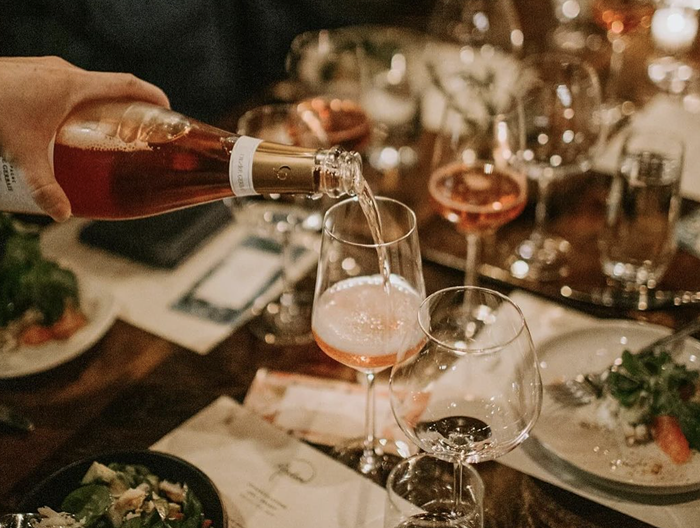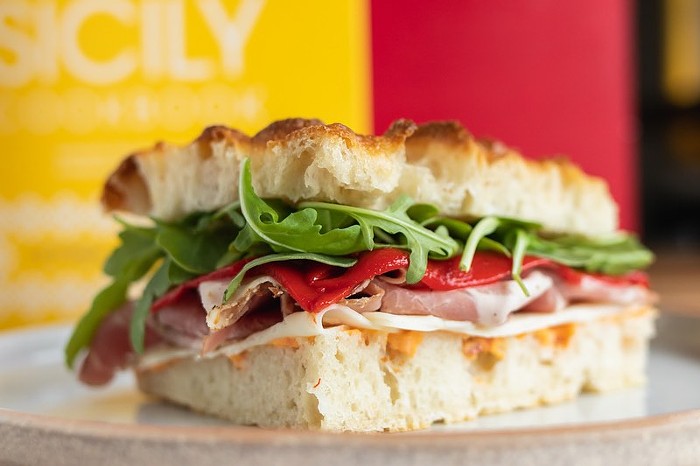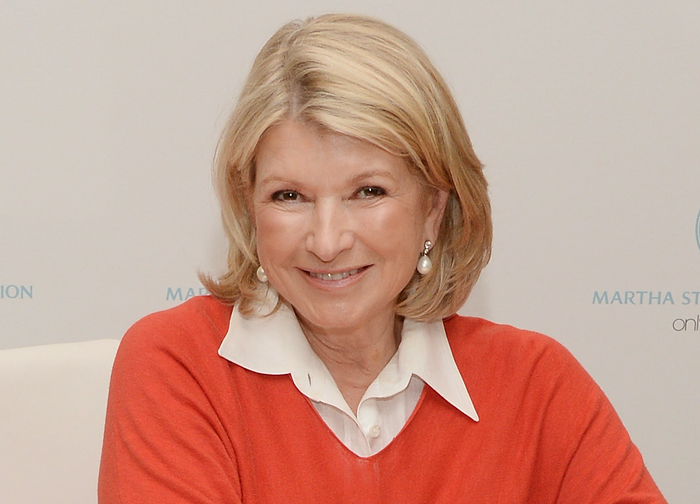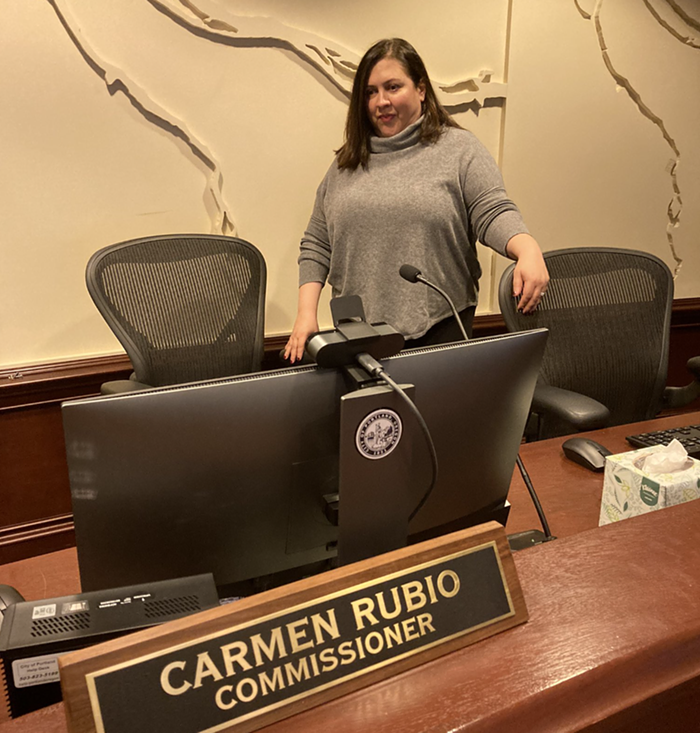Why Is It So Damn Tough to Open a New Restaurant in Portland?
Rent, Labor Shortages, High Costs Are Keeping Newcomers in the Weeds
Chefs, Booze, and Frozen Pizza
We Got Top Portland Chefs Drunk and Then Made Pizza—with Toppings Purchased at 7-Eleven
Tackling the Trickiest Recipe in the Ox Cookbook
It Costs a Lot to Cook This Cheap
This Little Piggy Went to Market
(And Prepared a Recipe from the Portland Farmers Market Cookbook)
Not as Easy as Pie
I Tried (and Kind of Failed) to Make a Pizza from Ken Forkish's New Cookbook
The Gweat Gwyneth Paltrow Wrecipe Test
Is It Really All Easy? IS ANYTHING?
The World's Most Indispensable Food Accessories
If You're Not Using These Remarkable Inventions, You're Eating Incorrectly and Might Choke and Will Probably Die
Portland's Most Delicious Mashups
Our Favorite Local Collaborations of Booze, Candy, Spices, and More!
Your Fave Portland Restaurant Too Busy?
Try These Second Choices!
Year of the Radler
Why This Fruity Beer Cocktail Is on Everyone's Lips
Why You Should Ignore the Wine Point System
What's the Point?
THREE DAYS A WEEK, Peter Cho is in his small, airy kitchen at Han Oak, plating haute Korean barbecue with just one or two other cooks. One server ferries shio-koji pork belly bo ssam and smoked hangar steak to expectant diners, all of whom paid in advance to eat.
What the dozen or so guests digging into banchan probably don't know is that Cho's wife and toddler might be next door—because their space at Northeast Portland's the Ocean is also their home.
When the Oregon native returned from his time cooking in New York, looking for a place to launch his culinary future in Portland, high rent and little capital stared back at him.
"We're fortunate to split the cost of rent between our living there and the restaurant," he says. "It makes sense for us."
Cho says he quickly realized what every up-and-comer is running into: "There's way too much talent, there's way too many restaurants. It's just hard."
Cho and other aspiring chef/owners in Portland are increasingly abandoning the idea of opening a traditional restaurant as the city's costs and competition climb ever higher. Ten years ago, a creative chef could launch her dream with $50,000 and elbow grease. Today, it's going to cost at least $200,000 to even think about hanging a sign, industry insiders say.
It's not a coincidence that many of the high-profile openings are well-financed projects from out of state, or a second (or fourth) opening from already established chefs.
Right now, rent in a good, close-in location is commanding $25 to $32 per square foot, says Sara Daley, associate vice president at the Portland commercial real estate firm Kidder Mathews (full disclosure: Daley is married to Mercury Editor in Chief Wm. Steven Humphrey). In 2012, that figure was $18 to $24 per square foot—without taking into account the fact that landlords are typically contributing far less to the cost of outfitting the restaurant space with equipment and other features than they used to.
"In my work, I see tenants over and over again who have just enough to get their doors open, but little to no working capital to withstand slow-growing success," Daley says. "If you're not on Eater's Heatmap, you just might be screwed."
And the competition is growing ever fiercer. Multnomah County records show that the number of places to grab a bite has exploded. In 2005, there were 2,966 restaurants and food carts in the county. In 2015, preliminary numbers show there were 4,133. And while this growth in restaurants has accompanied a massive influx of people moving into the city, it's made available spaces scarcer and more expensive—meaning that if you can't hack it quickly, you're toast.
St. Jack first opened in 2010 inside a former bar on SE Clinton for $65,000. Since then, chef and co-owner Aaron Barnett has moved his acclaimed restaurant to NW 23rd and opened a second spot, La Moule. He was quick to answer when asked if he thought he could open St. Jack today: "No. I definitely don't think we could."
"St. Jack was originally done with such a shoestring budget, I found all the chairs for $10, they were red and beat up and crappy and we spray-painted them black," Barnett says, adding that touches like mismatched plates or reclaimed wood were done out of necessity. "Today, reclaimed wood is more expensive than real wood. A lot of things that were necessary back in the day, people are charging for as 'charm.'"
While rising costs, competition, and scarcity have been a factor for a few years, chefs say there are new challenges: namely, the impending minimum wage hike to $14.75 an hour, the new federal requirements to pay overtime to salaried workers who make less than $47,476 a year, and a staggering shortage of line cooks.
Ryan Day, of Podnah's Pit and La Taq, says he'd be worried trying to open a new restaurant right now, considering that even these two respected establishments are having trouble filling vacancies. He said a vacant line cook job will only bring in a few résumés at a time, and then maybe one of four applicants actually shows up for the interview.
"This is the worst I've seen it working and hiring in Portland for 10 years," Day says. "As far as I know this is happening across the industry. Anytime industry peeps get together this issue will always be part of the conversation."
Day and others attribute the change to the sheer number of jobs out there; better pay, tips, and hours drawing workers to the front of the house; and to the celebrity myth built up by some culinary schools that being a cook—which is actually a pretty shitty and demanding job—is glamorous.
"They get people who have never worked on a line before with promises and images of becoming the next TV chef," Day says. "They teach them how to make food, but leave out the real skills of getting in and out of the weeds and consistent repetition."
The result is a ballooning number of pop-ups, carts, and other low-cost entries into the food scene, like Cho's hybrid restaurant Han Oak, or Mae, chef Maya Lovelace's twice-weekly Southern feast run out of the back of Northeast Portland's Old Salt Marketplace.
Lovelace's ticketed meals often sell out within minutes of posting, but she says she wouldn't dream of opening a restaurant right now.

"Pop-ups are the wave of the future, or at least a bridge into a different kind of restaurant industry," says Lovelace, who spent about $10,000 to bring Mae to life. "Doing fewer services or being open fewer nights means that overtime isn't an issue... there's no worry of employees earning time and a half on top of their salaries. Even with higher minimum wages, pop-ups allow chefs to pay their staff well, since general overhead is much lower and operations tend to be smaller."
Cho, who is 37, says he's also willing to bide his time before trying to go bigger.
"With the hype machine of the Portland food scene, people can get hot fast, but they can get cold too," Cho says. "I'm starting off slow. I'd like to fill all the seats we have open now, I'd like to open for service on Sunday and Monday night, until I get to a point where I'm making enough money to hire people. Right now, I'm still bare bones."

